Tehran’s many attractions include grand works of modern architecture (Milad Tower, Tabiat Bridge and etc.), natural attractions (Darakeh & Darband) and numerous historic monuments. But if there is one absolute must-see in Tehran, it has to be the extraordinary Golestan palace, the royal residence of Qajar kings. Golestan palace isn’t the only royal structure in the capital. Great royal complexes in the north of Tehran boast a collection of palaces and mansions such as Niavaran and Sa'dabad palace. But none could match the historic significance and artistic glory of Golestan palace in Tehran’s city center.
Located right across from Tehran Grand Bazaar in Panzdah-e-Khordad Street, the palace contains royal buildings, gardens and many artworks from Iranian and European artists of the 18th and 19th century. Before visiting Golestan palace, you should know about a couple of facts concerning this UNESCO World Heritage Site. The first thing is about Golestan palace opening hours. The site is open for public viewing all through the week from 9 AM to 6 PM (closing hour on Fridays is 5 PM). Entrance fee is different depending on which of the nine sections you want to visit. For getting acquainted with the various buildings and the garden, you can refer to Golestan palace map which is available online. The most-visited sections are Golestan Palace Hall of Diamonds (AKA Diamond Hall), Golestan Palace Mirror Hall, Edifice of the Sun, Brilliant Hall, Containers Hall, Ivory Hall, Pond House, Salam Hall, Building of Windcatchers, Museum of Gifts, Marble Throne, Abyaz Palace and Karim Khani Nook. The most conspicuous aspect of Golestan palace is the brilliant geometric architecture and lush decorative embellishments of the buildings. You can get a more intimate knowledge of the life lived within the walls of this massive royal complex by visiting the Photography archive that showcases some of the earliest photographs taken in Iran. The archive includes several photos from inside the restricted royal harem showing women (most of whom were wives to the king on the throne) in jovial poses.
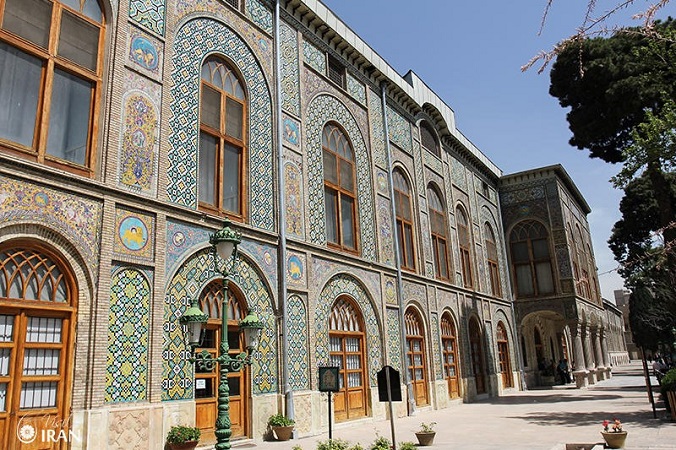
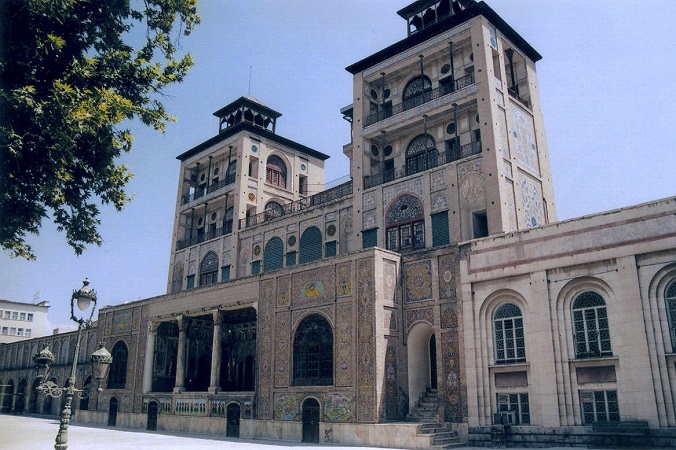
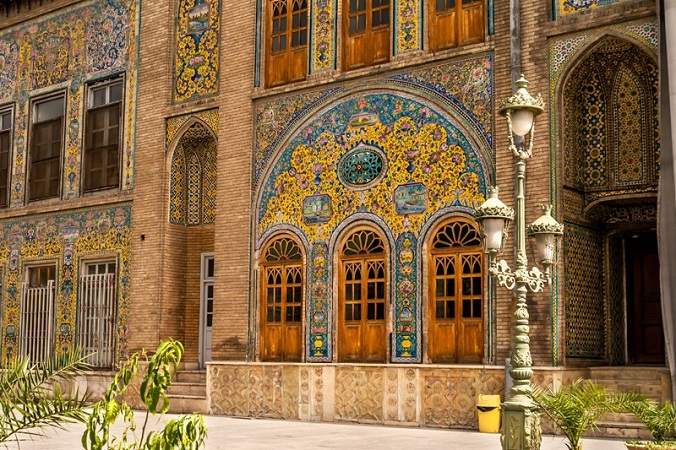
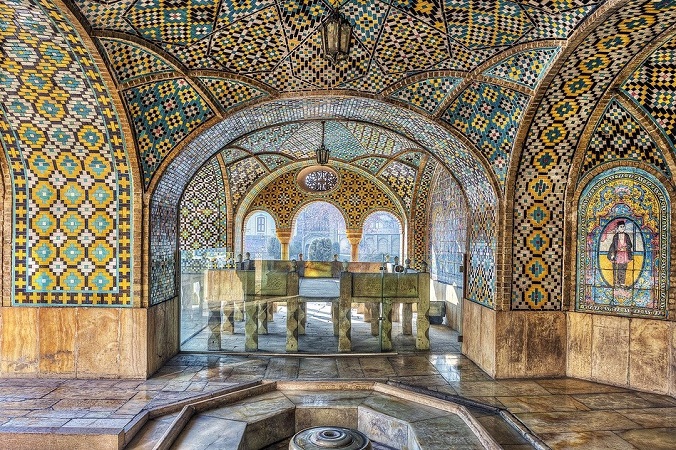
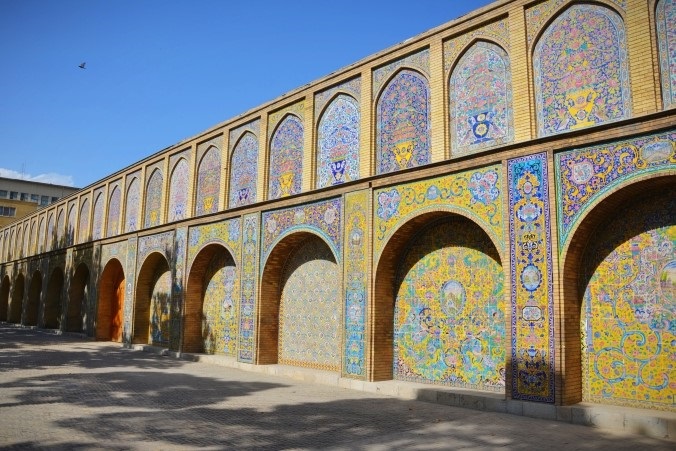

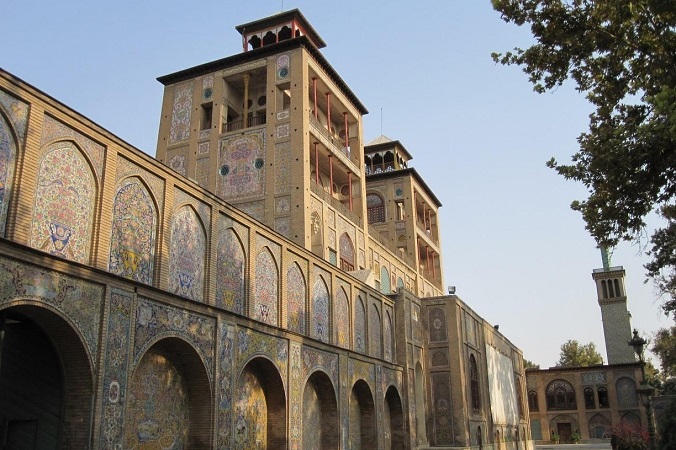
0 Comment(s)
|
Comments and Reviews |
|
|